Straddling the Arizona, Utah, Colorado, and New Mexico state lines, the Colorado Plateau spans a rugged expanse of canyons, desert vistas, and alpine peaks. It’s dry, colorful, and exceptionally rocky, encompassing iconic landscapes like the Grand Canyon, Zion, and Arches, along with millions of acres more of spectacular public lands. The Colorado Plateau holds a rich archaeological record of the Southwest’s earliest people, and it is home to 15 Native American tribes whose cultures, traditions, and teachings continue to infuse the region today.
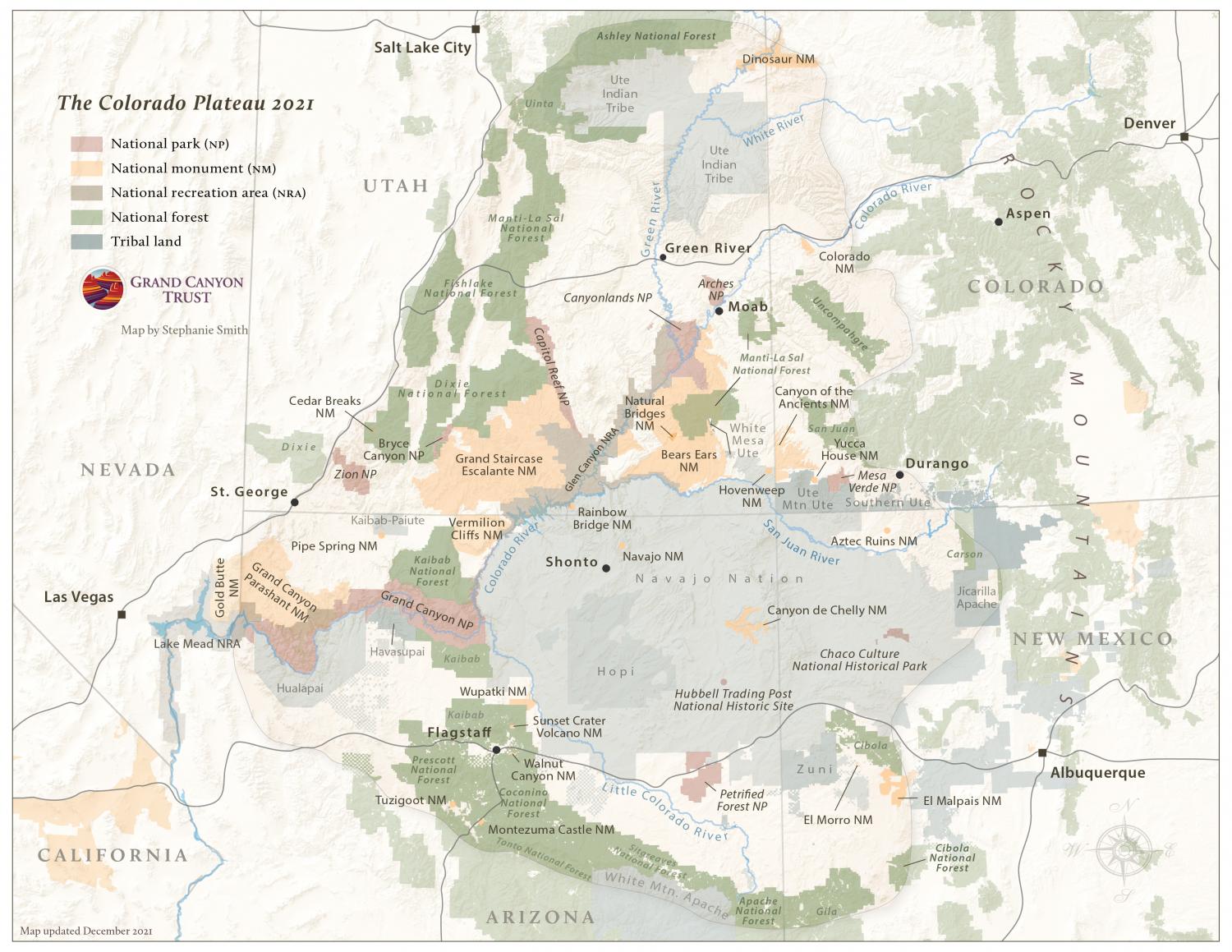
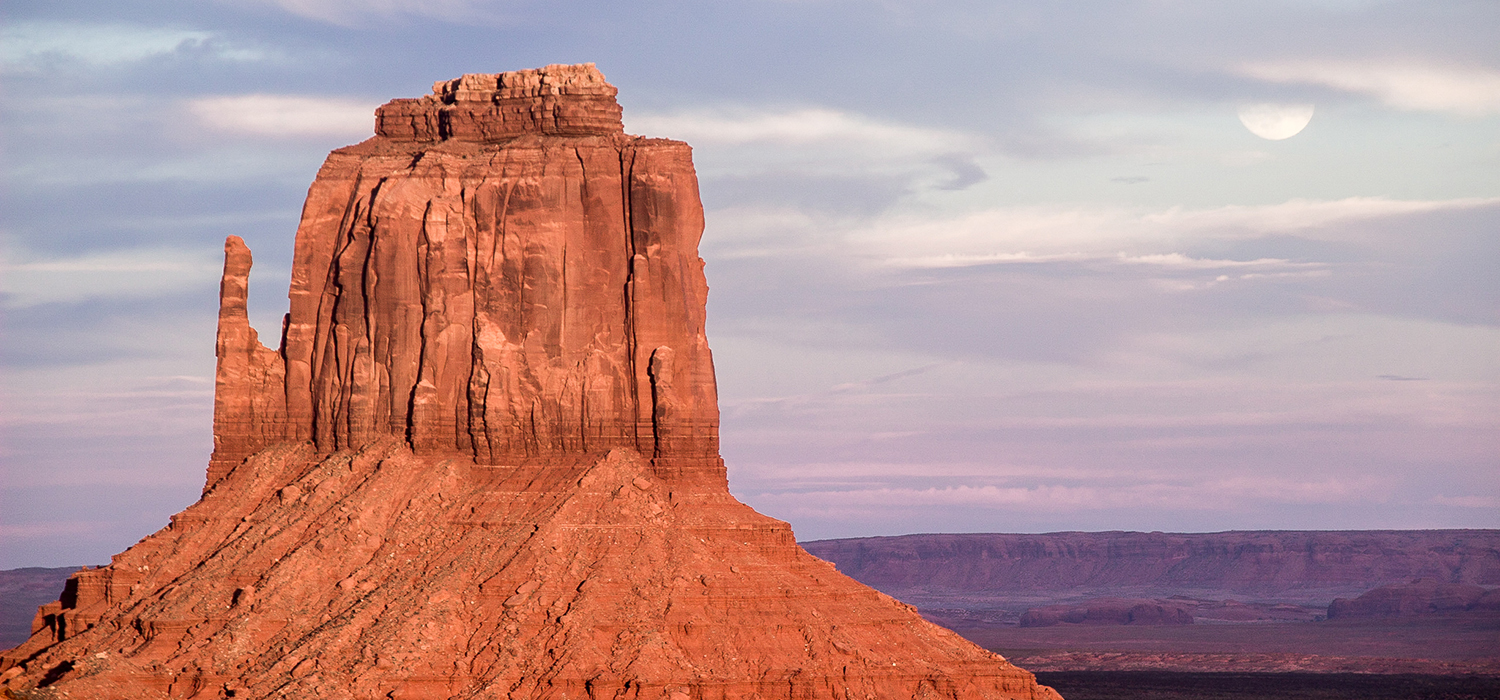
Think of the Colorado Plateau as a layer cake of rock — sandstones stacked on shales, stacked on mudstones, stacked on sandstones. As geologic forces thrust these rock layers thousands of feet above sea level, they remained relatively unbroken. Then over millions of years, erosion sculpted the landscape into a maze of canyons, mesas, buttes, and a few isolated mountains.

The Escalante River and the Henry Mountains, both on the plateau, were the last river and mountain range to be mapped in the lower 48.
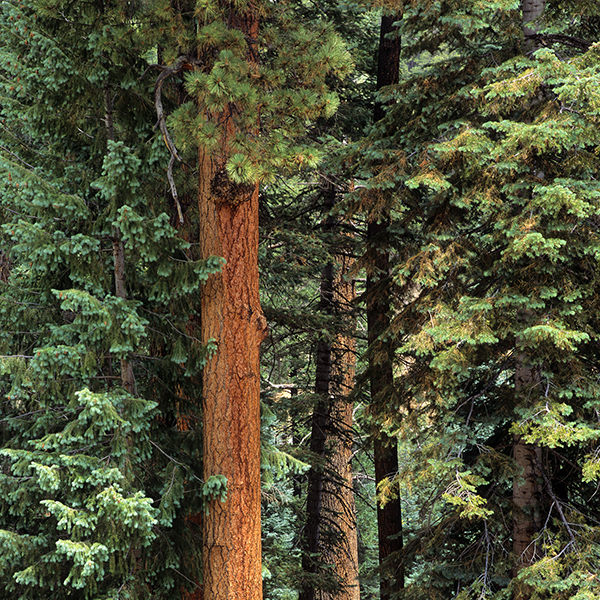
The Colorado Plateau contains the largest ponderosa pine forest in the world. We're helping restore it. Learn more about the Four Forests Restoration Initiative ›
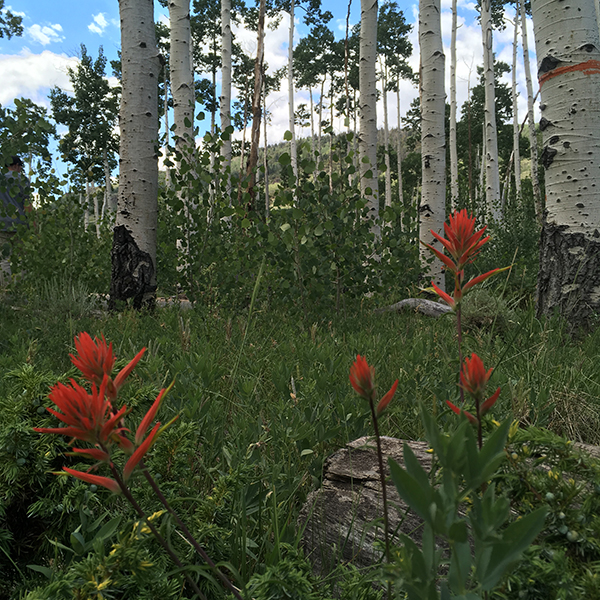
Weighing in at nearly 13 million pounds, the Pando aspen clone is the largest living organism on Earth, and it's located on the plateau. Find out what we're doing to protect it ›
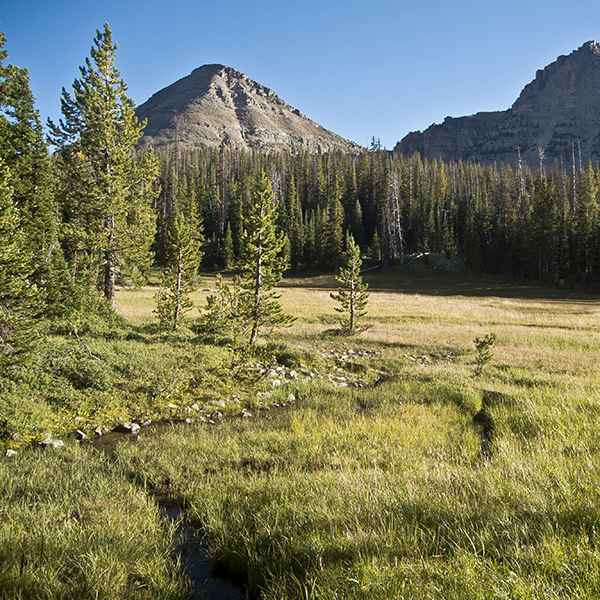
Elevations on the Colorado Plateau range from 1,100 feet at Lake Mead to over 13,500 feet in the Uinta Mountains. Learn about our on-the-ground restoration efforts ›
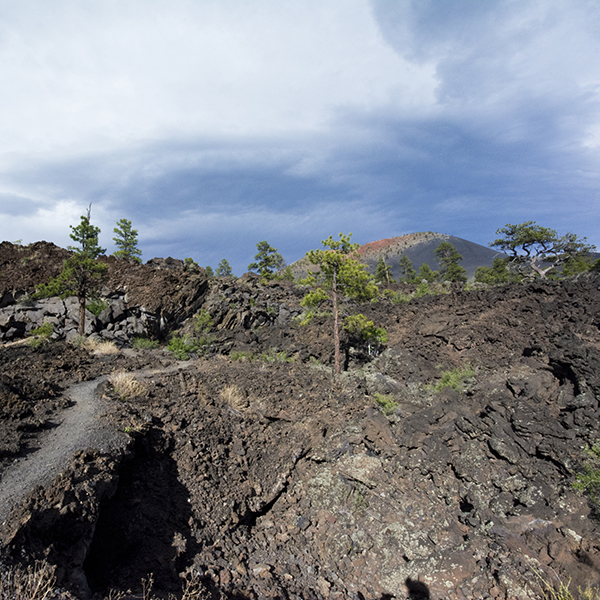
The largest volcanic field in the continental U.S. is found on the Colorado Plateau, with more than 600 volcanoes, cinder cones, and vents near Flagstaff, Arizona.
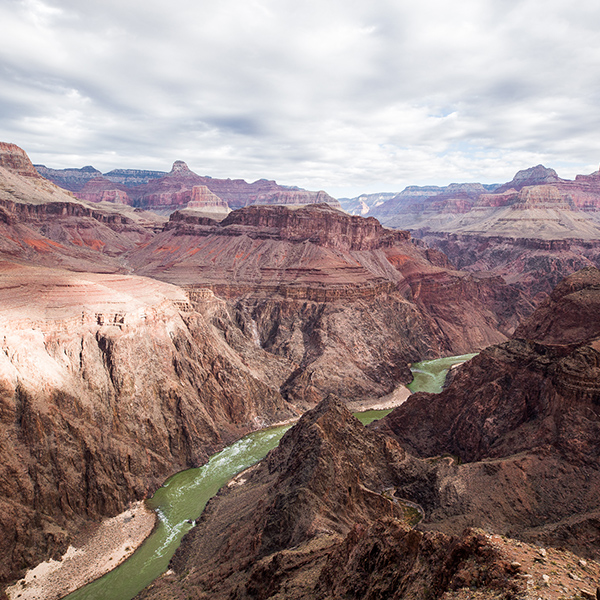
The Colorado Plateau has the greatest concentration of national parks and monuments in the country. Plan your next adventure ›
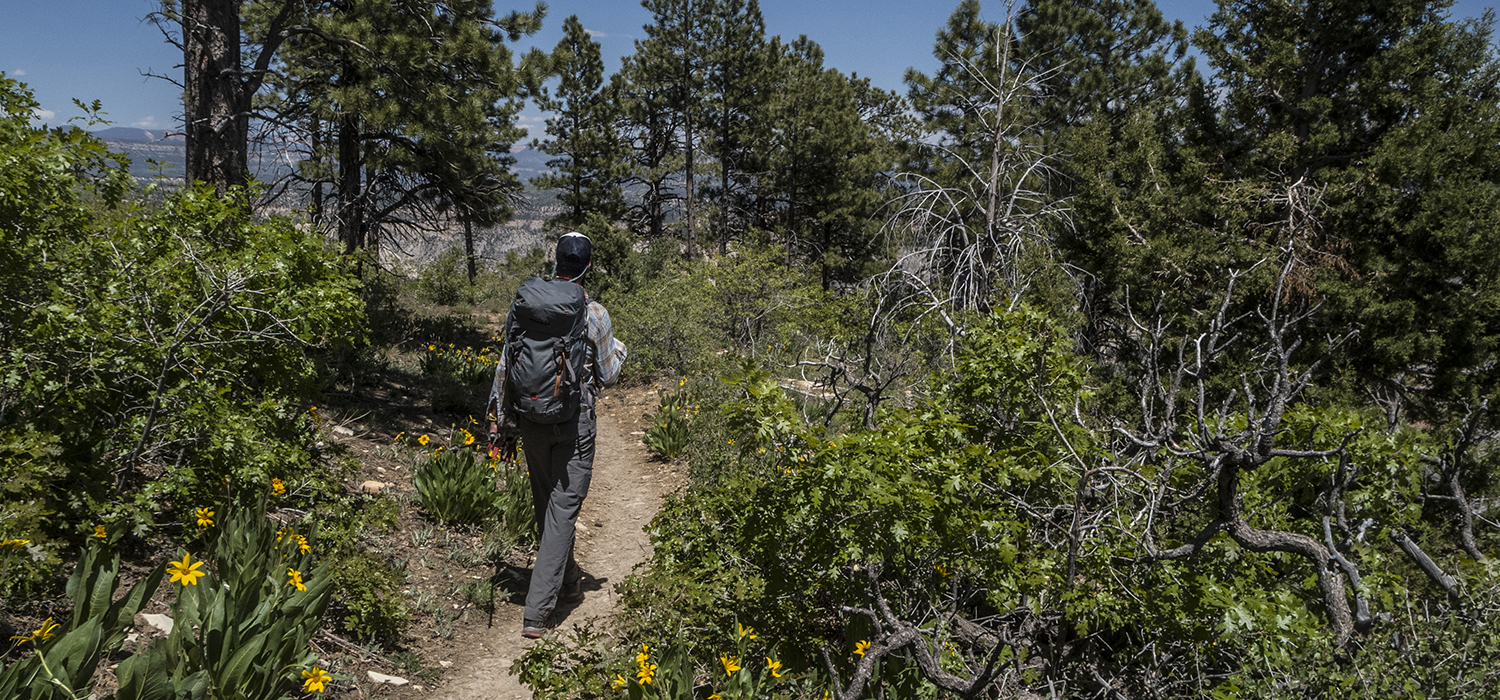
Find out on foot! The best way to learn about the Colorado Plateau is to spend time in its canyons, mountains, and desert lands. So take a hike, go camping, plan a road trip, and experience the landscapes we work so hard to protect. Get out there ›
80% of Arizona voters support Baaj Nwaavjo I'tah Kukveni National Monument, according to a new poll.
Read MoreUtah voters strongly support national monuments in general, and Bears Ears and Grand Staircase-Escalante in particular, a new poll shows.
Read MoreDon't let a little snow keep you from visiting the Grand Canyon. Here's everything you need to know for a winter trip to the big ditch.
Read More